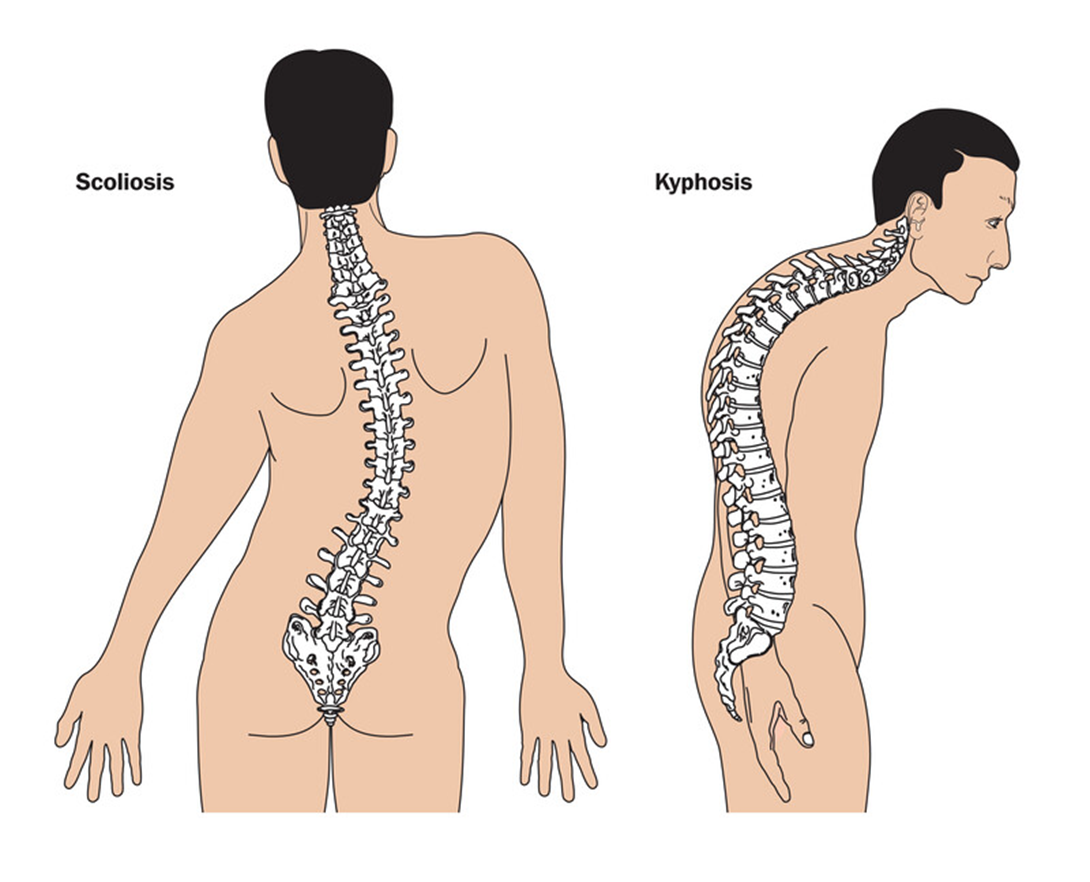ATI PN FUNDAMENTALS UPDATED 2023
ATI PN FUNDAMENTALS UPDATED 2023 ( 41 Questions)
A nurse is assisting with scoliosis screenings for students at a public school. Which of the following findings should the nurse recognize as an indication of scoliosis?
Increased convex curve of the cervical spine is not an indication of scoliosis, but of kyphosis. Kyphosis is a condition that causes a forward rounding of the upper back, resulting in a hunched posture.
Increased concave curve of the thoracic spine is not an indication of scoliosis, but of lordosis. Lordosis is a condition that causes an excessive inward curvature of the lower back, resulting in a swayback posture.
Expansion of the upper intercostal spaces is not an indication of scoliosis, but of emphysema. Emphysema is a lung disease that causes the air sacs to become damaged and enlarged, resulting in difficulty breathing and a barrel chest.
Unequal height of the shoulders is an indication of scoliosis. Scoliosis is a condition that causes a sideways curvature of the spine, resulting in an asymmetrical appearance of the shoulders, hips, and waist.

Choice A reason: Increased convex curve of the cervical spine is not an indication of scoliosis, but of kyphosis. Kyphosis is a condition that causes a forward rounding of the upper back, resulting in a hunched posture.
Choice B reason: Increased concave curve of the thoracic spine is not an indication of scoliosis, but of lordosis. Lordosis is a condition that causes an excessive inward curvature of the lower back, resulting in a swayback posture.
Choice C reason: Expansion of the upper intercostal spaces is not an indication of scoliosis, but of emphysema. Emphysema is a lung disease that causes the air sacs to become damaged and enlarged, resulting in difficulty breathing and a barrel chest.
Choice D reason: Unequal height of the shoulders is an indication of scoliosis. Scoliosis is a condition that causes a sideways curvature of the spine, resulting in an asymmetrical appearance of the shoulders, hips, and waist.

